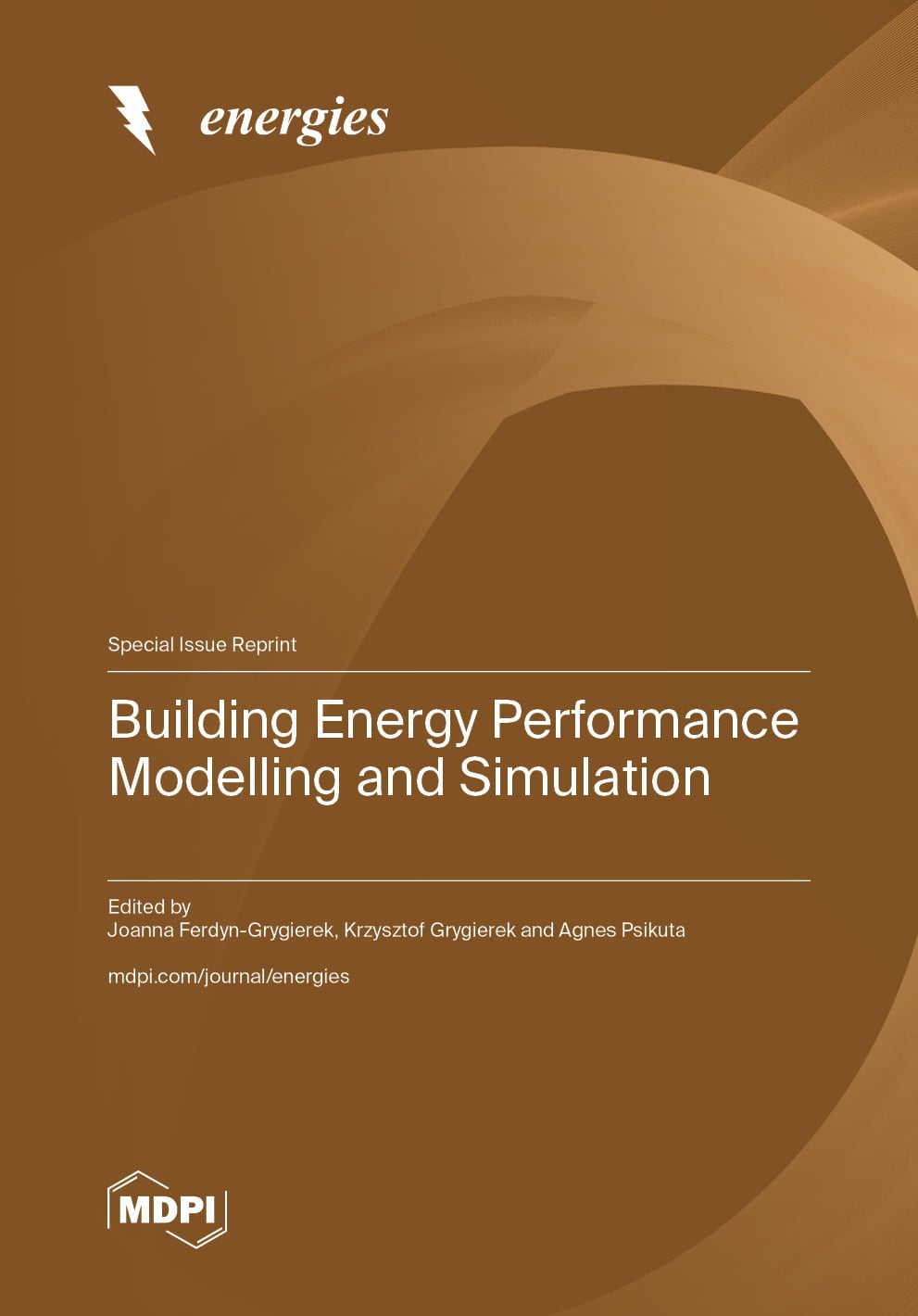- 3.2Impact Factor
- 7.3CiteScore
- 17 daysTime to First Decision
Energies
Energies is a peer-reviewed, open access journal of related scientific research, technology development, engineering policy and management studies related to the general field of energy (from technologies of energy supply, conversion, dispatch and final use to the physical and chemical processes behind such technologies), and is published semimonthly online by MDPI.
The European Biomass Industry Association (EUBIA), Association of European Renewable Energy Research Centres (EUREC), Institute of Energy and Fuel Processing Technology (ITPE), International Society for Porous Media (InterPore), CYTED and others are affiliated with Energies and their members receive discounts on the article processing charges.
Quartile Ranking JCR - Q3 (Energy and Fuels)
All Articles
News & Conferences
Issues
Open for Submission
Editor's Choice
Reprints of Collections

Reprint
Building Energy Performance Modelling and Simulation
Editors: Joanna Ferdyn-Grygierek, Krzysztof Grygierek, Agnes Psikuta





